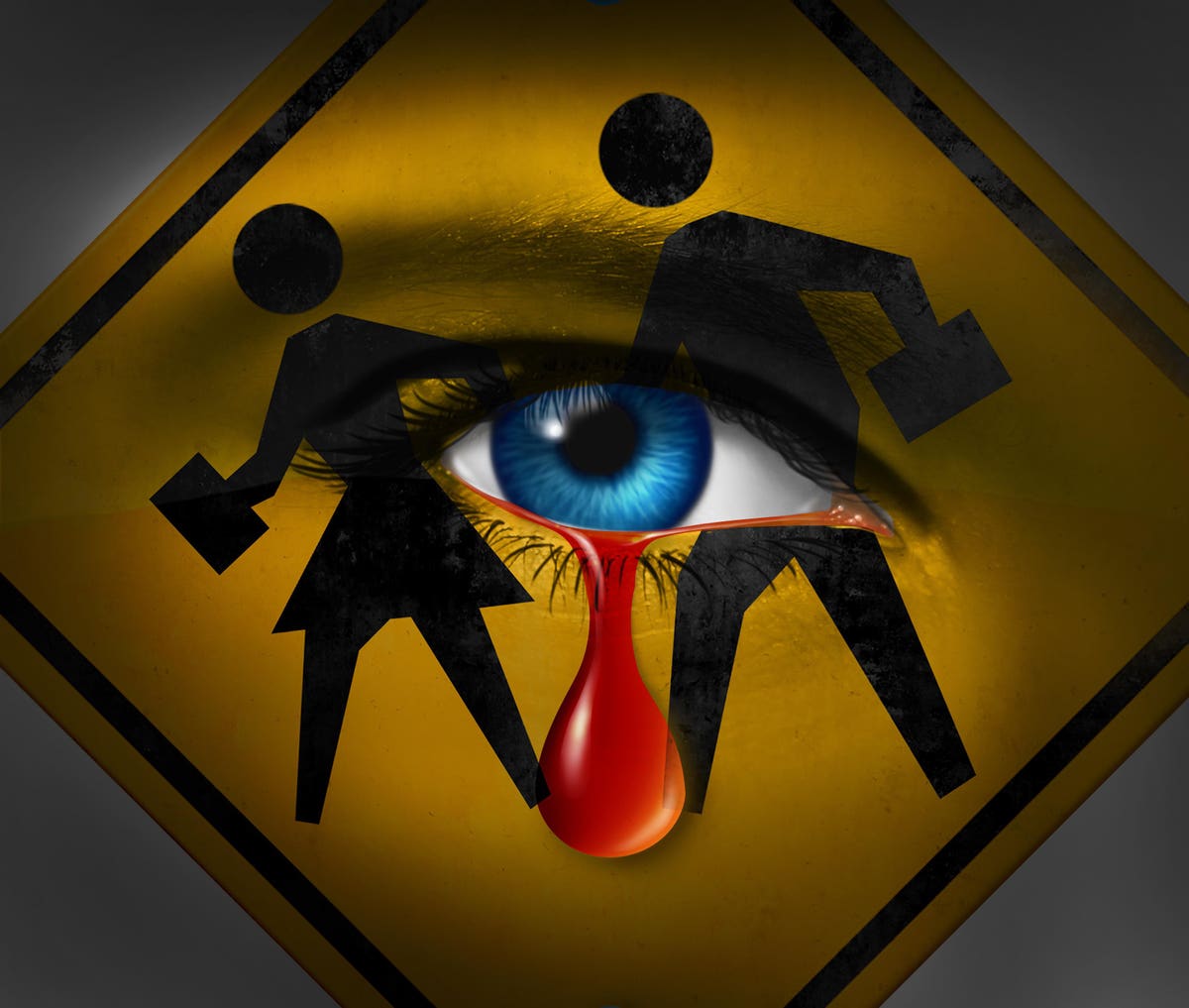Dueling seems barbaric today, but it was a ritual for upper classes to prove their courage that started in the United States shortly after the Mayflower landed in Plymouth Rock and was popular until the end of the nineteenth century. After the Civil War, losing young men in the prime of their life became more distasteful, and vindication transitioned from the field of honor to the courts. The dueling age ended over 150 years ago.
The time has now come to end the age of mass shootings and gun violence against children.
On Mother’s Day, it’s natural to reflect on the responsibilities of motherhood and the influence of mothers on society. Central to motherhood is helping children thrive as they navigate the myriad risks of childhood: falls, hot stoves, electrical outlets, and with 202 mass shootings already in 2023, gun violence.
Gun violence has overtaken car accidents as the leading cause of death among children and teens in the United States. Politicization has made it difficult to address this public health and public safety issue. This series of articles shares innovative practices of investors who are incorporating the reputational, legal, and financial risks of gun violence into their investment processes; avoiding exposure to activities that they view as unpalatable; and contributing to reducing gun violence. This article, the first in the series, focuses on negative screens.
According to US SIF, negative screens are the most popular sustainable investing policy, and according to Schroder’s research, weapons are the most common individual negative screen.
Implementation Considerations
Negative screen mechanics are conceptually simple but implementing them has multidimensional complexities for institutional allocators.
First, negative screens span from exclusions, or not making additional purchases, to divesting, which goes further by selling existing holdings in unpalatable companies, industries, or sectors.
Second, negative screens range from applying only to direct exposure through separately managed accounts on one end of the spectrum to applying to indirect exposure through commingled funds on the other. Naturally, negative screens that apply to indirect exposure can be difficult to implement with existing commingled funds, particularly ones that require investors to lock up their capital for extended periods.
Third, negative screens can apply to varying scopes of the supply chain. Investors range from excluding firearms manufacturers only to excluding civilian firearms retailers and firearms service companies as well.
Fourth, some institutions have negative screens coupled with “sin budgets” that allow a low percentage of total assets under management to be out of compliance with their negative screens.
Fifth, investors select varying minimum revenue thresholds for firearm sales for exclusions. Naturally, there is an inverse relationship between ease of implementing a negative screen and its impact on reducing firearms exposure in portfolios.
The Impact of Negative Screens
The conventional wisdom is that negative screens simply reflect investors’ choices to avoid activities that they consider unpalatable, rather than influencing the investment process or contributing to solutions. The conventional wisdom tells an incomplete story.
Naturally, negative screens alone may not directly impact the investees in the near term, as other investors may buy the divested investments, and divestors forfeit the right to influence companies through strategic engagement. Indeed, recent research from Jing Tie, Bob Eccles, and Shiva Rajgopal finds that negative screening does not hurt valuation, cost of new equity, or the likelihood of IPOs. At the same time, Tie et al 2022 also find that negative screens are associated with higher capital expenditure and higher cost of debt.
An example of a negative screen that would contribute to a higher cost of debt for gun companies is Bank of America’s
BAC
Research suggests that there are opportunity costs to negative screening, and the aggregate market capitalization of gun manufacturers and gun retailers is limited—just 0.01% of the MSCI All Country World Index (ACWI) when set at the 5% revenue threshold and even smaller when set at the 10% revenue threshold. This means that choosing to exclude guns from investment portfolios has them has a much more limited impact on returns than choosing to exclude larger tobacco companies. In short, the limited aggregate market capitalization of gun companies reduces the cost of doing the right thing. Setting an approximately 1% revenue threshold would include Walmart, the largest gun retailer in the United States, and its $413 billion of market cap. Later in this series of articles, we will discuss the many steps that Walmart has taken to reduce gun violence, including removing automatic and semi-automatic weapons and handguns from its stores.
Gun Negative Screen Resources
Data providers like Sustainalytics and MSCI and proxy advisors like ISS offer gun exclusion lists for a fee to institutional investors. Their fees are generally lower than the cost of man hours of internal resources doing the work themselves, although there is some controversy about these organizations. Large asset managers, such as BlackRock
BLK
Multiple websites, including Weapon Free Funds and Gun Free Funds, allow everyday investors to research whether mutual funds have exposure to firearms. The nonprofit As You Sow also provides gun exclusion information for free, including Morningstar Global Head of Sustainability Research Jon Hale’s writings about how to find gun stocks in your portfolio.
We Can Do Better
Media coverage of the police collecting the DNA of parents after a school shooting to help identify whether their child is among the dead feels particularly gut-wrenching to me on Mother’s Day. As an investment community, we can do better than to rely on schools teaching children what to do if an active shooter comes into the classroom. For the benefit of all of our collective children, it’s time to consider trying some of these approaches to reducing gun violence.
The rest of the series will focus on incorporating the reputational, legal, and financial risks of gun violence into investment processes and contributing to reducing gun violence.
Read the full article here


